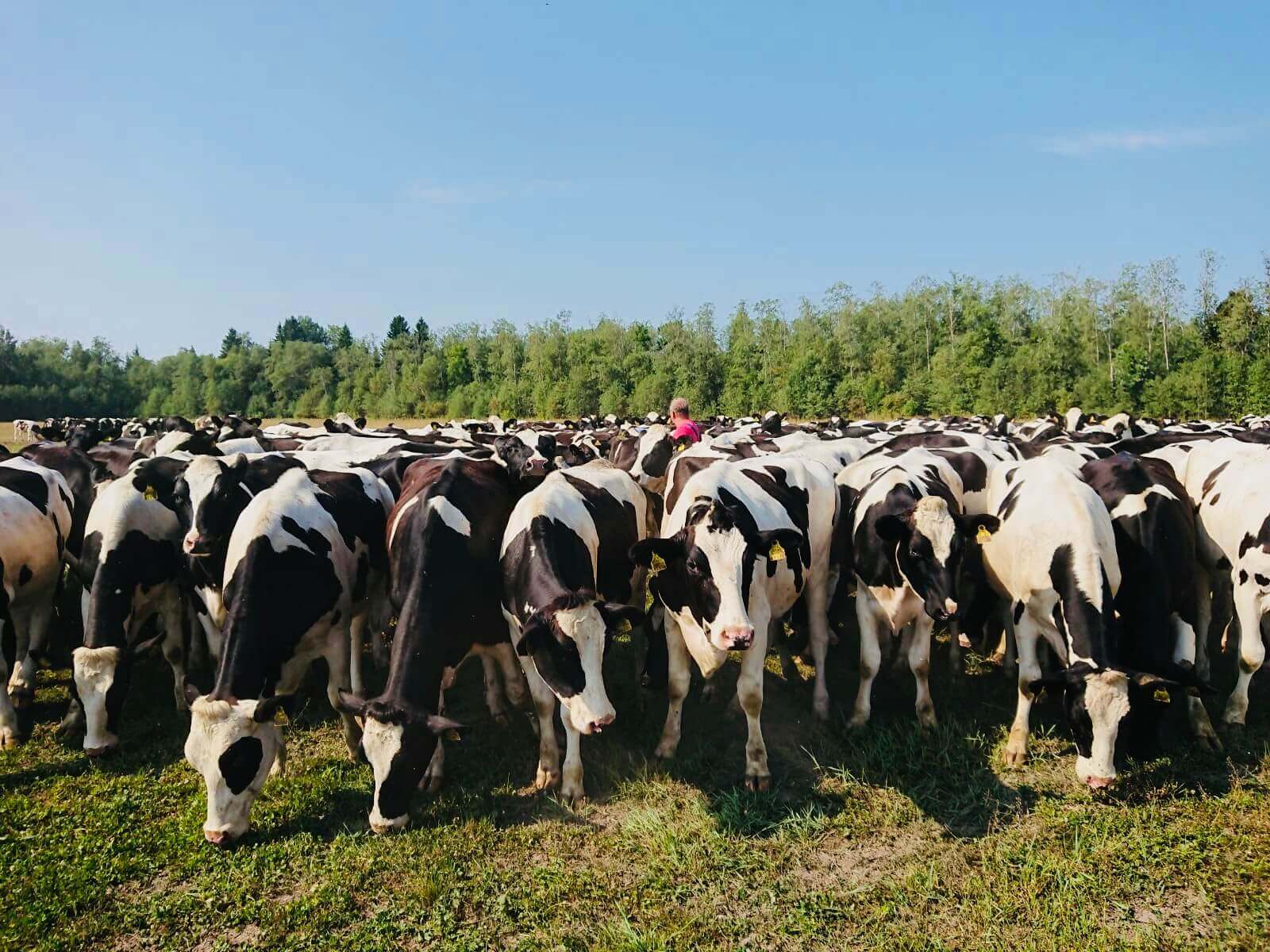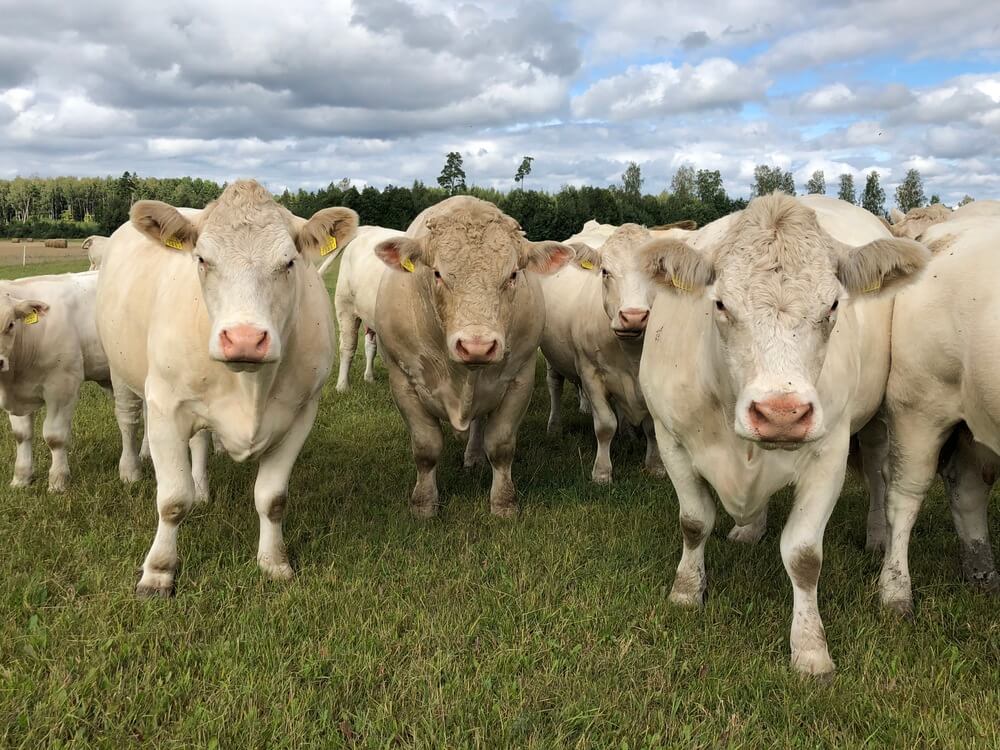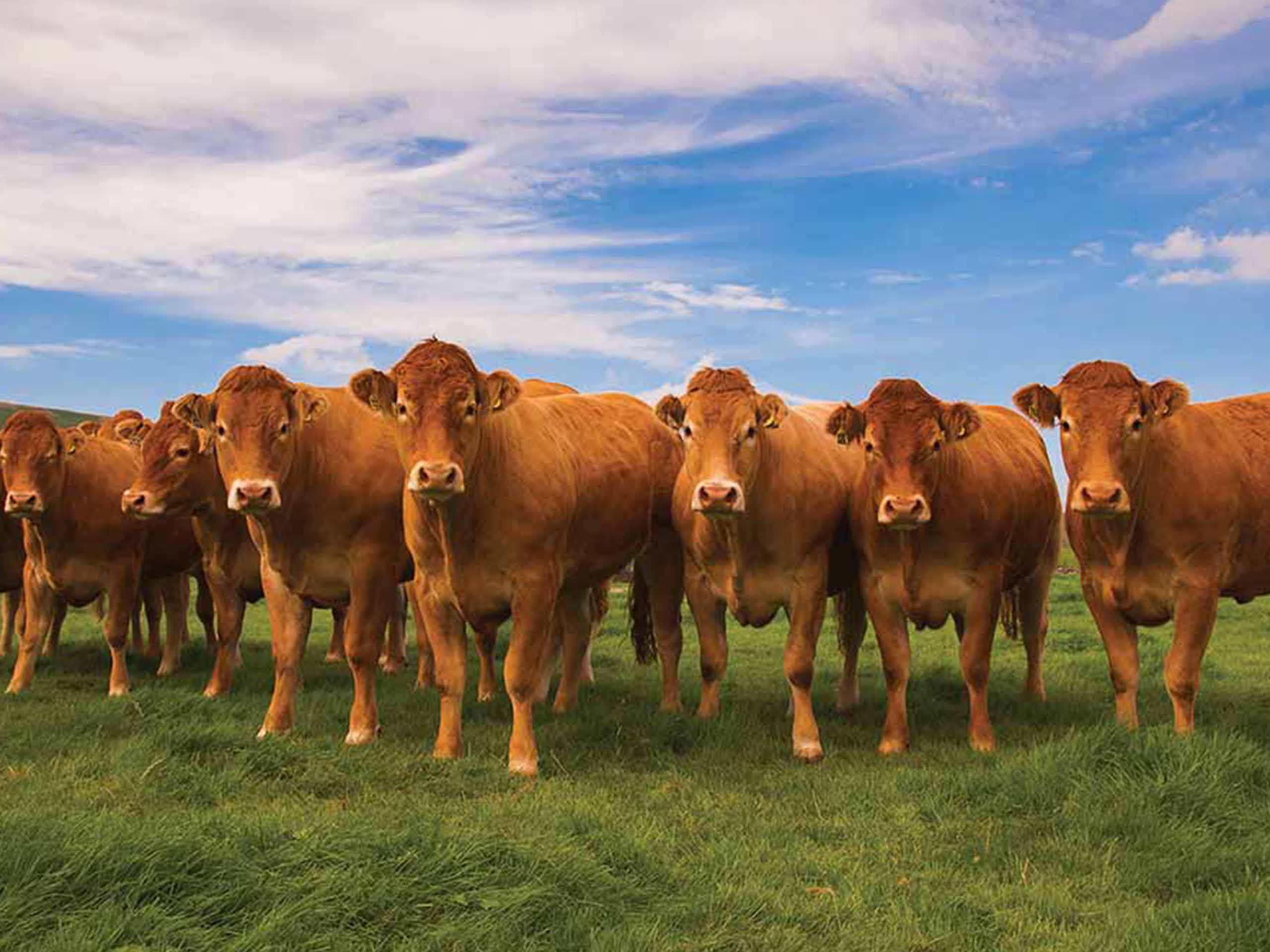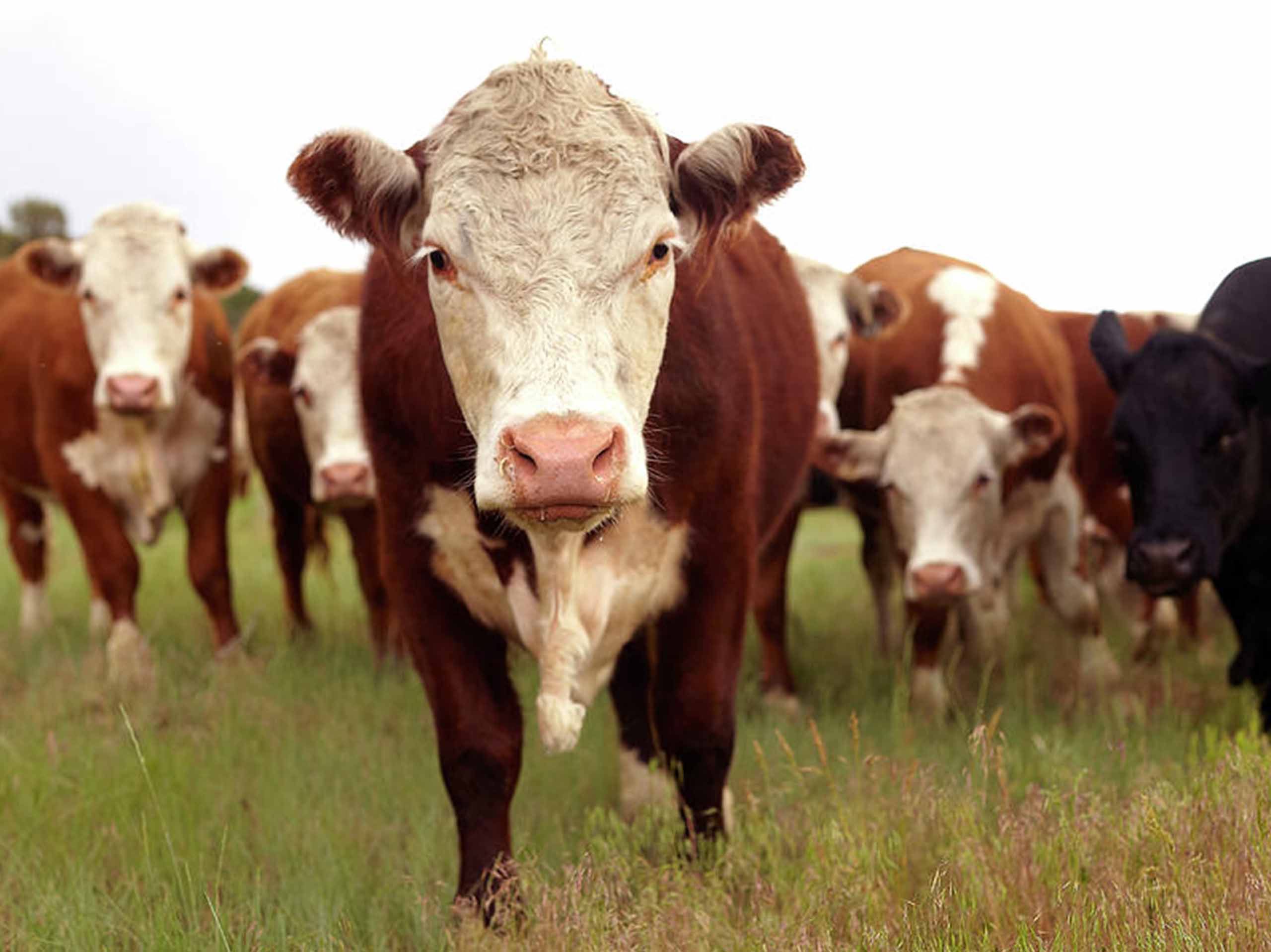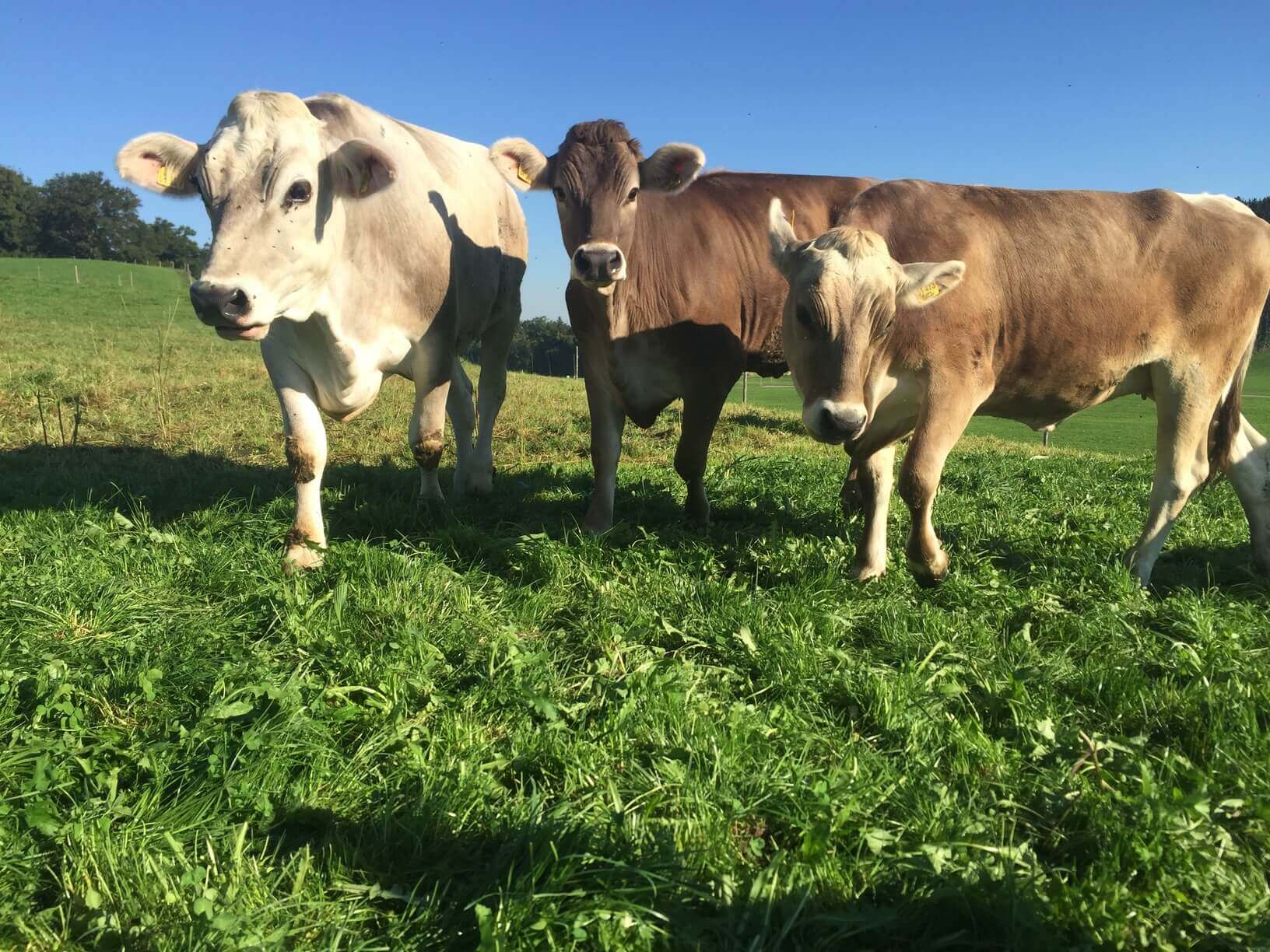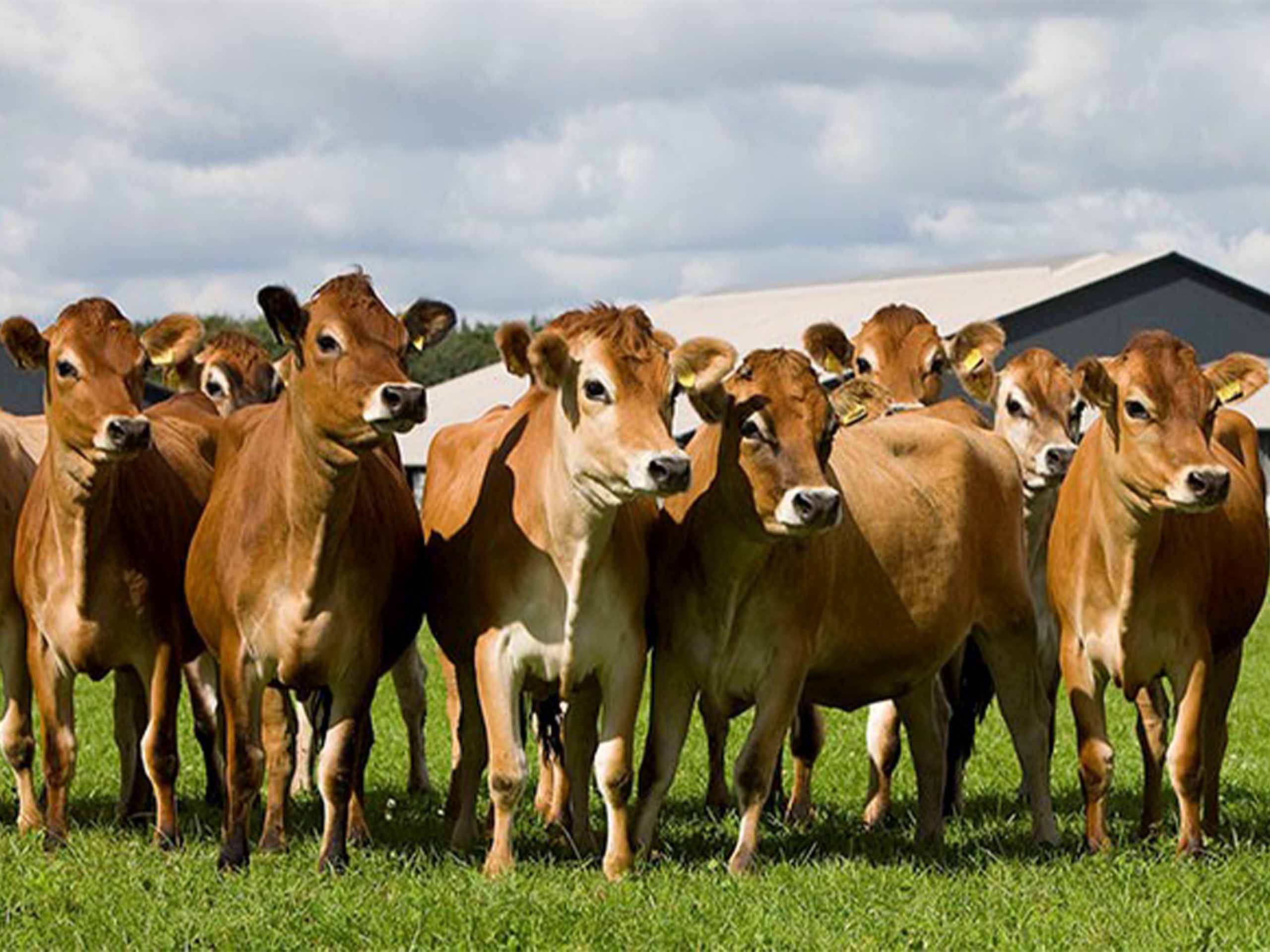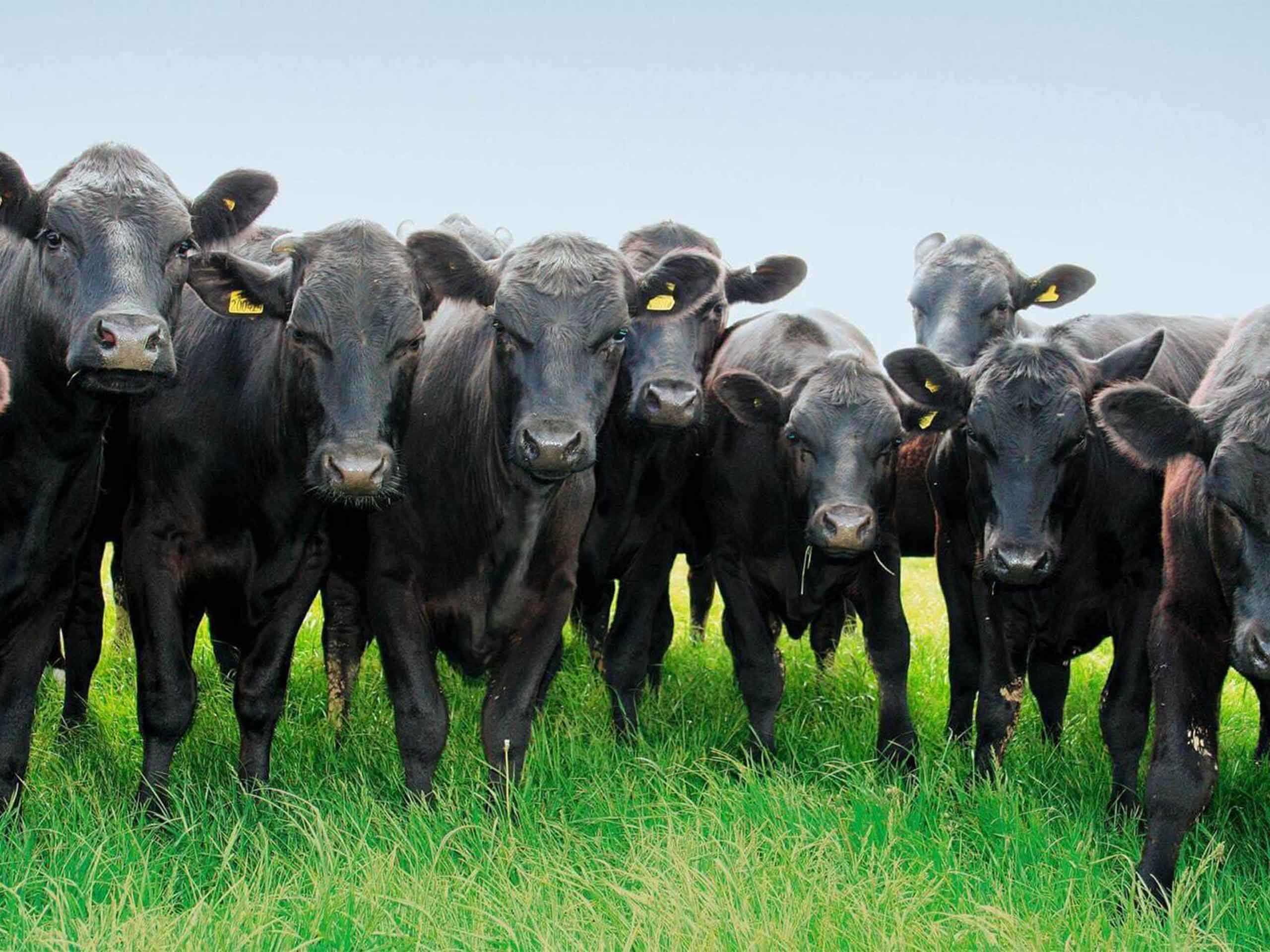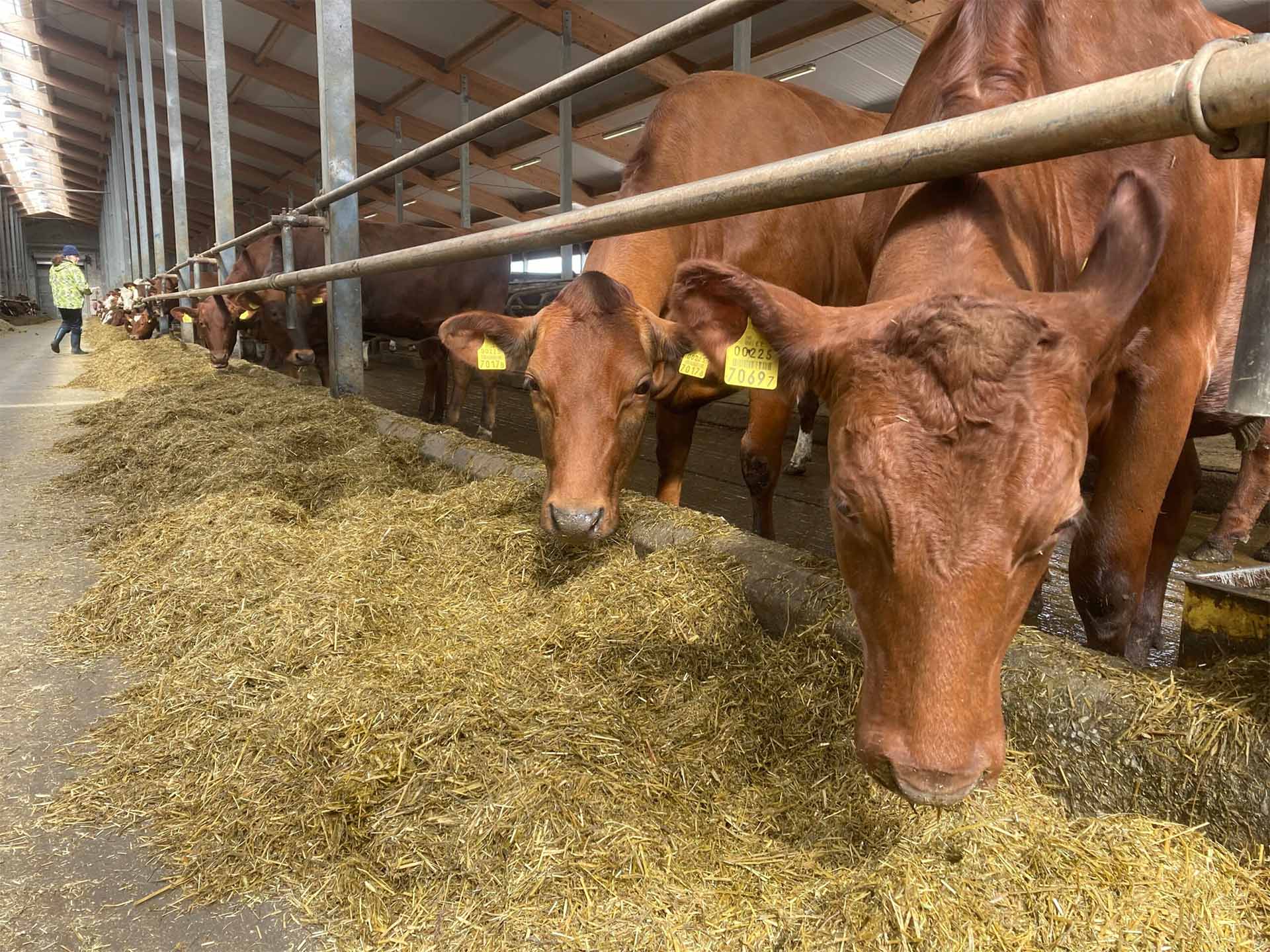CHAROLAISE
Charolais'i tõug on pärit Lääne- ja Kagu-Prantsusmaalt, täpsemalt vanadest Prantsuse Charolles'i ja Nievre'i provintsidest. Kuigi täpne päritolu on teadmata, arvatakse, et tõug arenes välja kohalikest veistest, mida leiti selles piirkonnas. Legendi kohaselt märgiti valgeid veiseid selles piirkonnas esimest korda juba 878. aastal pKr. ning 16. ja 17. sajandil olid need Prantsuse turgudel, eriti Lyonis ja Villefranche'is, väga populaarsed. Aja jooksul loodi valikulise aretamise tulemusel valge tõug, mida kasutati veojõudude, piima ja liha tootmiseks, nagu ka teisi mandri-Euroopa veiseid.
Tõu jäi peamiselt oma kodupiirkonda kuni Prantsuse revolutsioonini. Kuid 1773. aastal viis Charolles'i talunik Claude Mathieu oma valge karja Nievre'i, kus tõug õitses. Mõnda aega tunti neid täiustatud veiseid isegi "Nivemais", mitte Charolais' nime all.
Ühe tõu mõjukaima karja asutas 1840. aastal krahv Charles de Bouille, kelle valikulise aretusega seotud jõupingutused viisid 1864. aastal tõuraamatu koostamiseni. Teine tõuraamat loodi Charolles'i tõuarstide poolt 1882. aastal ning 1919. aastal ühinesid need kaks ühingut, ühendades registrid Nevers'is, Nievre'i pealinnas.
Prantsuse aretajad on pikka aega keskendunud veiste suurusele ja lihasjõule, eelistades tugevaid, võimsaid, kiire kasvu ja märkimisväärse veojõudlusega loomi. Nad eelistasid kasulikkust rafineerimisele, valides veiseid, kes suudavad silma paista nii veiselihatootmises kui ka raskes töös.
Alles pärast Teist maailmasõda levisid šarole'i veised üle maailma. Esialgsed ekspordid olid väikesed, näiteks neli pulli ja kuus emaslooma Brasiiliasse 1950. aastal ning viis pulli ja üksteist emaslooma Argentinasse 1955. aastal. Eksport kasvas pidevalt; 1964. aastaks oli Prantsusmaa eksportinud 259 pulli ja 1605 lehma ning nõudlus kasvab jätkuvalt.
Omadused
Tüüpilised šarolais'i veised on valged, roosa suu ja heledate kabjadega, sageli sarvedega, pika kehaehitusega ja tuntud hea piimatootmise poolest. Kuigi traditsiooniliselt on nad valged, aretatakse nüüd ka musti ja punaseid Charolais'e.
Need veised on keskmise kuni suure raamiga, sügava ja laia keha, lühikese ja laia pea ning tugevalt lihaseliste lülidega ja kubemetega. Charolais on tuntud oma kasvu, tõhusa söödakoguse ja suurepärase rümba kvaliteedi poolest. Suure lihakujunduse ja hilise küpsuse kalduvuse tõttu sobivad nad ideaalselt nuumamiseks kuni suure lõppkaaluni ja ristamisel ristamise programmides kasutamiseks.
Peamised tunnused
- Suurepärane kasv ja ühtlus
- Suurepärane looduslik eluskaalu juurdekasv
- Erakordne lihaskond ja kehaehitus
- Lihtne hallata tänu rahulikule temperamendile
- poegimise lihtsus
- Kohandatav eri süsteemidele, nii rohupõhistele kui ka intensiivsetele süsteemidele.
- ristandvasikate eristuv värvus, mis võimaldab selget vanemate identifitseerimist.
Võrdlevad tulemused
Oklahoma osariigi ülikooli poolt läbiviidud võrdlus Charolais' ja Limousin'i kui terminaalsete ristandite vahel toob esile Charolais' eelised lihatoodangu ja lihakuse osas. Uus-Meremaa Manawatu Beef Packers'i andmed näitavad ka, et Charolais'i ristandid paistavad silma rümba kaalu, lihavärvi ja pH väärtuse poolest ning on ühed parimad rihmaprotsendi, rasvasügavuse ja rasvavärvi poolest.
Ülemaailmne levitamine
Tänapäeval kasvatatakse šarole'i veiseid peaaegu kõigis maailma veisekasvatusriikides, mis on tunnistus nende kohanemisvõimest ja väärtusest nii piima- kui ka veisekasvatussüsteemides.

